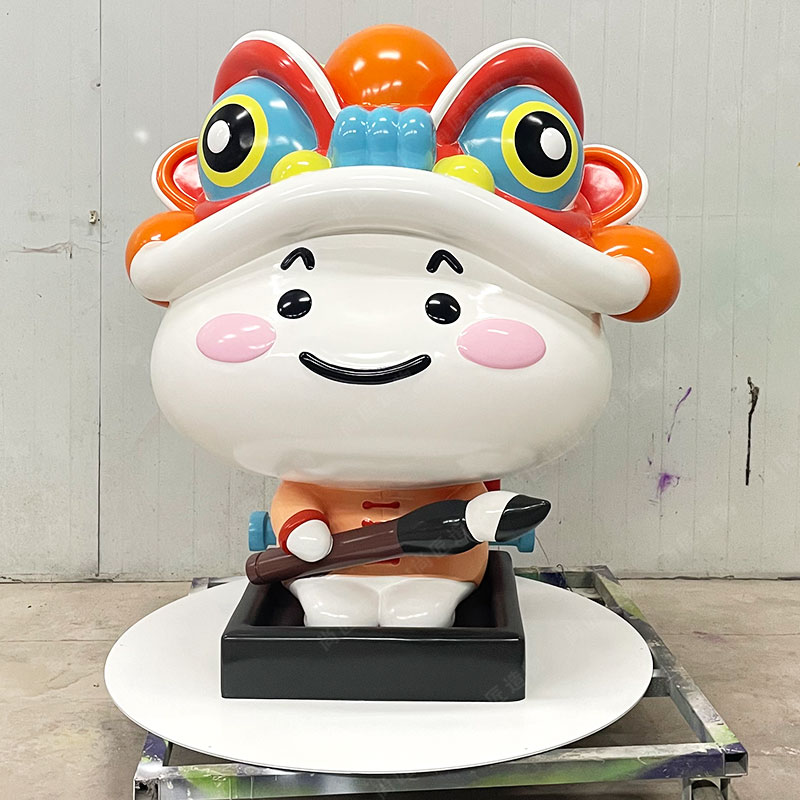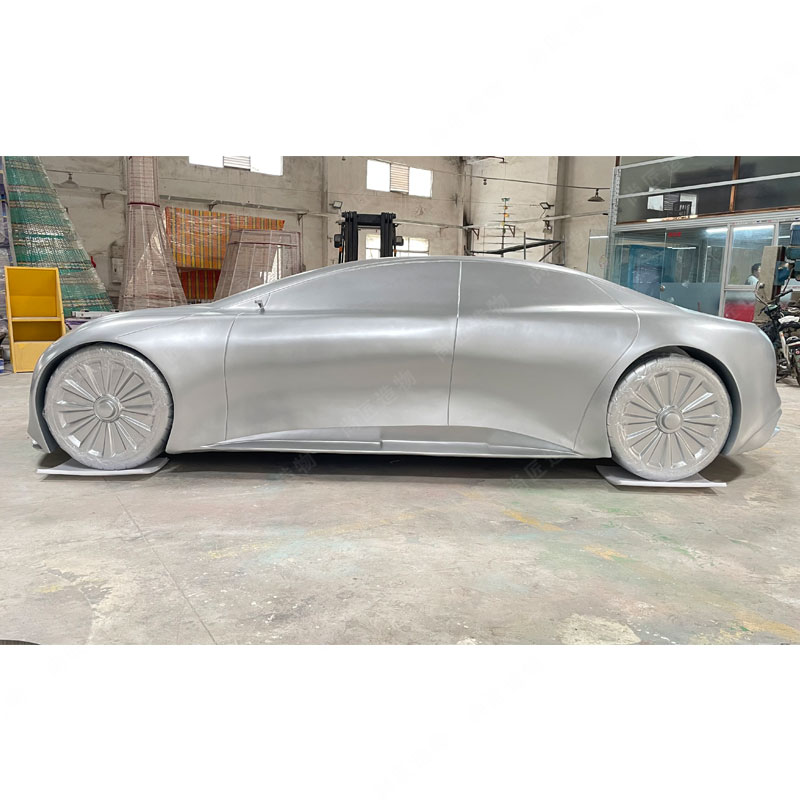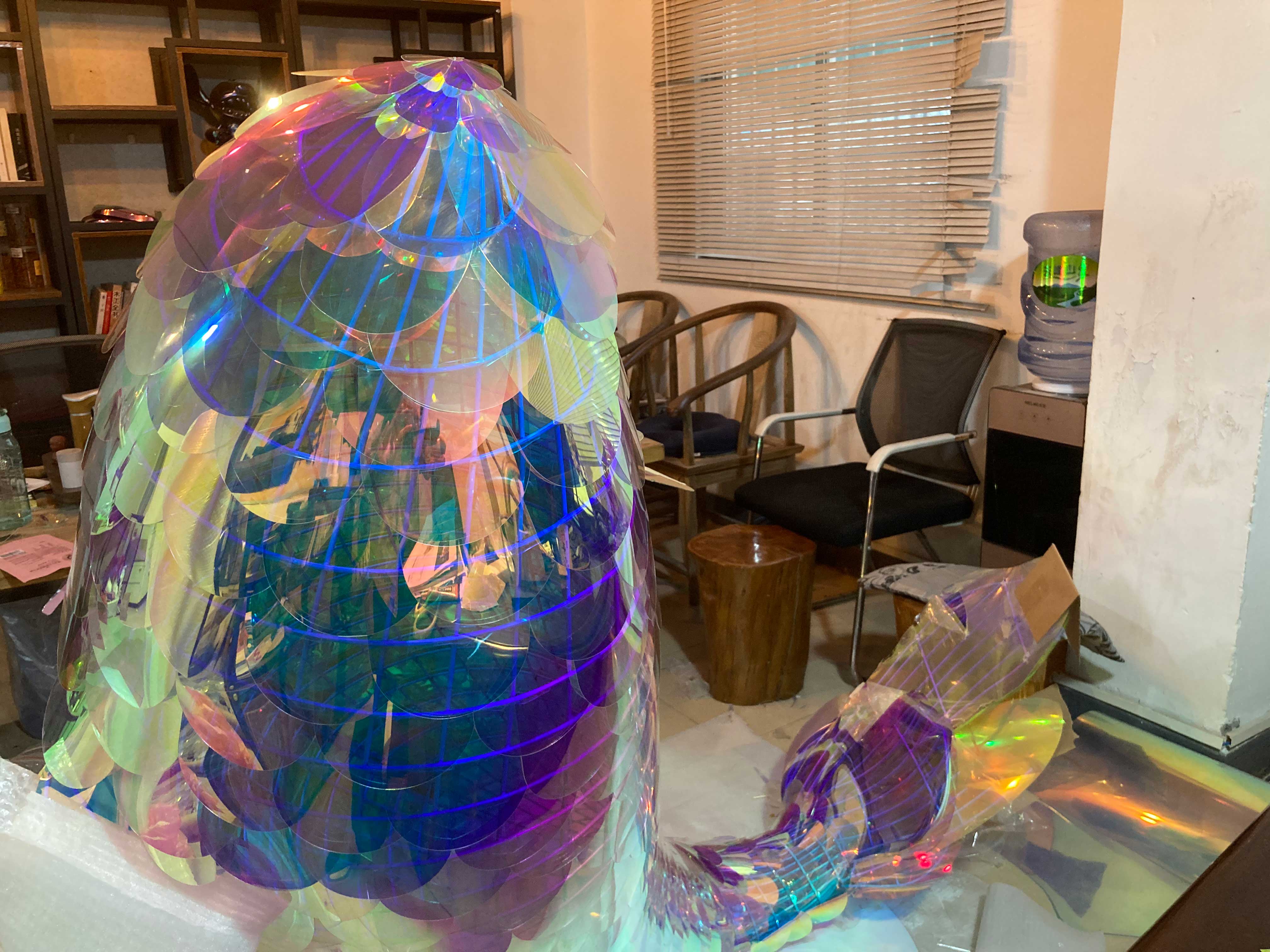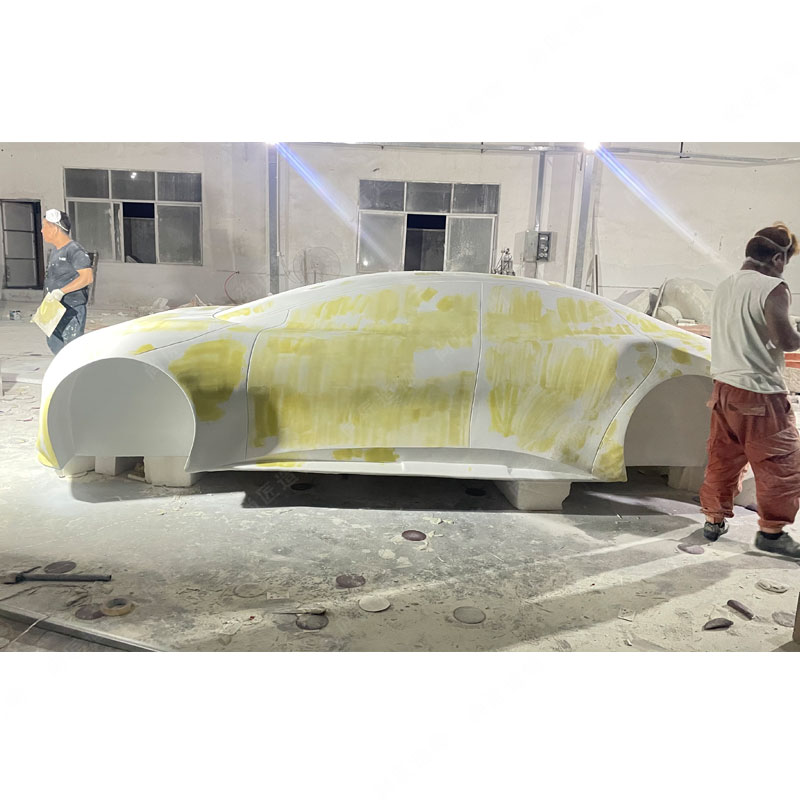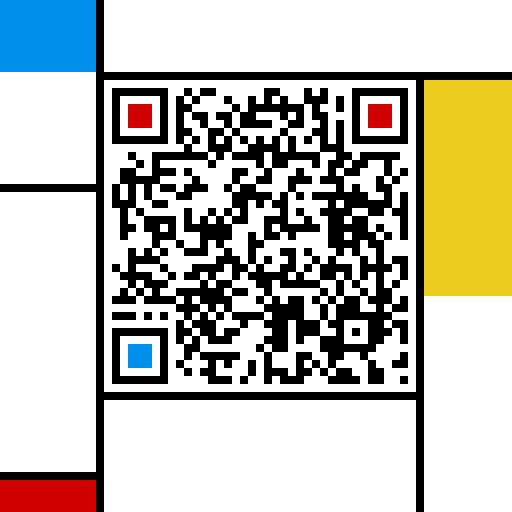Transforming cartoon sculptures into effective brand mascots requires thoughtful adaptation rather than direct replication. Focus on aligning the character’s core traits with your brand values—adjust colors, posture, or expressions to reinforce your identity. Prioritize simplicity: streamline intricate details to ensure recognition across all applications, from merchandise to digital icons. Consistency is non-negotiable; maintain signature features like accessories or color schemes in every iteration. Finally, infuse relatability. Test designs with your target audience to confirm the mascot resonates emotionally and embodies your message. This strategic shift turns a playful sculpture into a versatile asset that builds recognition, trust, and lasting connections.
The Art of Character Transformation: From Cartoon Sculpture to Brand Icon
Turning an existing cartoon sculpture into a powerful brand mascot requires careful adaptation. The first step involves distilling the sculpture's core appeal – its key visual elements, personality traits, and emotional resonance. However, simply copying the sculpture isn't enough. The character must evolve to actively represent the brand's specific identity, values, and message. This means refining its design to ensure clarity and memorability across all applications, from tiny app icons to large-scale signage. Key elements like color palette, distinctive features, and posture need to be optimized for brand consistency and audience recognition. The goal is a seamless transition where the playful essence remains, but the character gains purpose as a strategic brand ambassador.
| Sculpture Feature | Mascot Transformation Focus |
|---|---|
| Visual Appeal | Brand Alignment- Adapt colors, shapes to match brand identity |
| Personality | Value Representation- Amplify traits embodying brand values |
| Static Form | Versatile Design- Ensure scalability & recognition across all media |
| Artistic Expression | Strategic Function- Evolve into a purposeful brand communicator |
This transformation process lays the foundation for building a truly iconic figure. The sculpted character moves beyond decoration, becoming a dynamic symbol ready to connect with audiences and carry the brand narrative forward.
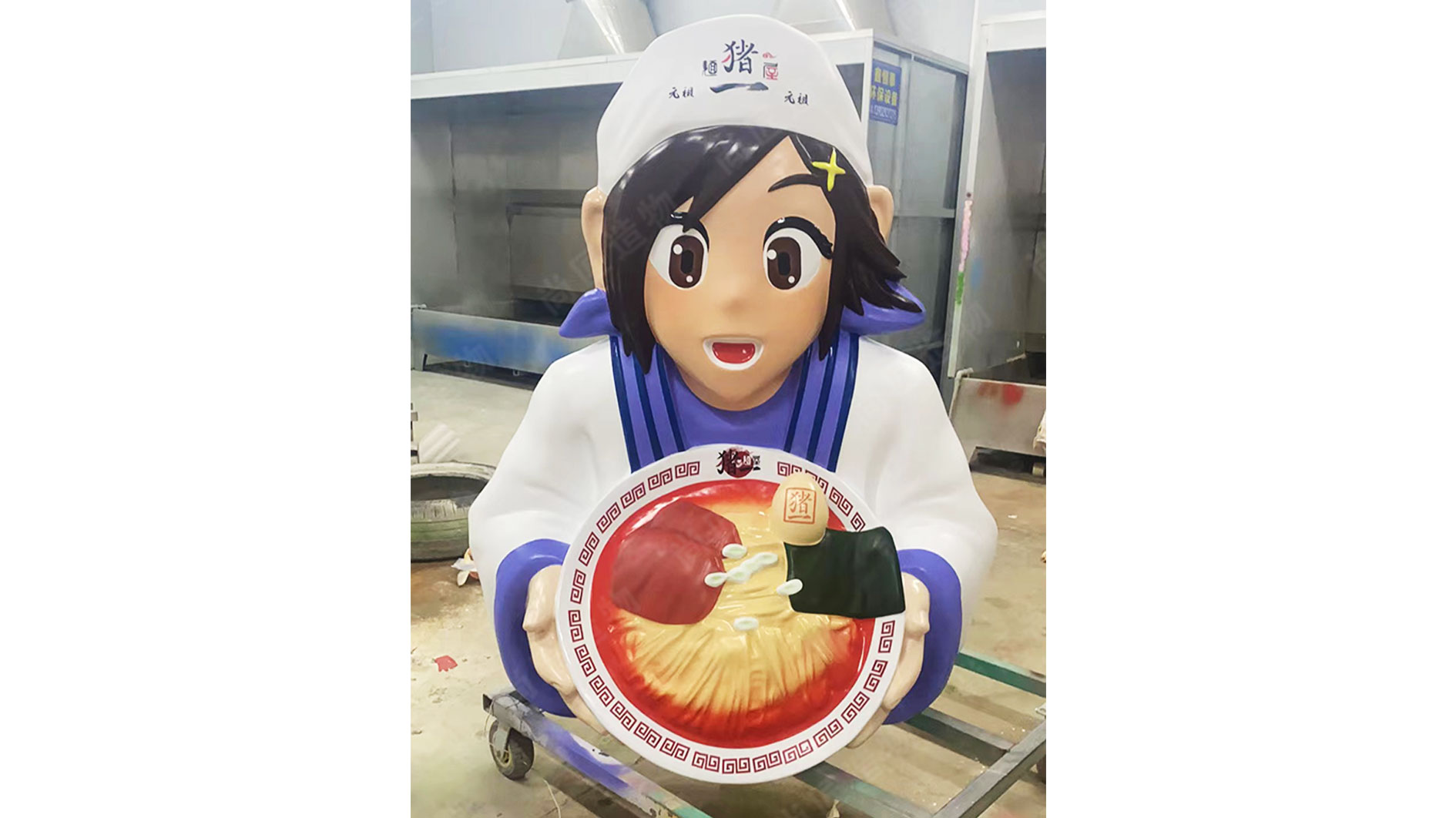
Essential Design Principles for Memorable Mascot Creation
Translating a cartoon sculpture into a powerful brand mascot requires more than just artistic skill; it demands strategic design thinking. First, prioritize simplicity. Complex details from a sculpture often get lost, especially at smaller scales or in motion. Aim for bold shapes and clean lines that ensure instant recognition. Think of how iconic mascots like Mickey Mouse rely on fundamental, easily identifiable silhouettes. Second, enforce visual consistency. Every iteration of your mascot, whether in a 3D sculpture, a flat logo, or an animated short, must share core traits like color palette, key proportions, and signature features. This builds familiarity across all brand touchpoints.
Tip:Define a strict style guide for your mascot early on, detailing acceptable color variations, minimum size requirements, and how core features (like a unique hairstyle or accessory) must always be represented.
Finally, infuse personality. What makes your brand unique? Is it playful, reliable, innovative, or caring? The mascot’s posture, expression, and subtle details should embody these traits. Consider how movement, perhaps inspired by principles of kinetic sculpture, can express this personality dynamically. A slumped posture suggests boredom, while a dynamic lean conveys energy. This personality must resonate authentically with your target audience and align perfectly with your brand’s core identity and values.
Building Brand Identity Through Sculpted Character Design
Beyond visual appeal, a sculpted character becomes a powerful brand asset when it embodies the company's core identity. This means translating abstract brand values – like reliability, innovation, or fun – into tangible physical traits within the sculpture. For instance, a tech company focused on precision might favor sharp, clean lines and dynamic poses in its mascot, while a family-friendly brand could opt for softer curves and approachable expressions. The choice of material also plays a role; durable options like fiberglass sculptureensure the character maintains its integrity over time, reinforcing brand consistency. Every detail, from posture and gesture to color palette and texture, must align with the intended brand message. A well-designed sculpted mascot doesn't just represent the brand; it physically manifests its personality, making the identity instantly recognizable and memorable in the real world. This solid presence builds stronger, more tangible connections than flat imagery alone.
Crafting Recognizable Characters That Embody Your Brand
Turning a cartoon sculpture into a true brand mascot means making it instantly recognizable and deeply connected to your core identity. This goes beyond just being cute or visually appealing. The character must visually communicate your brand's values and personality at a glance. Key to this is developing a strong, memorable silhouette – a shape people can identify even from a distance. Consistent color schemes are crucial, directly tying back to your brand palette. Integrating symbolic elements that represent your brand's mission or industry further solidifies the connection; think tools for a hardware company or a leaf for an eco-friendly brand. Durability is also a practical consideration for physical representations; opting for robust materials like stainless steel sculptureensures your mascot withstands the test of time and elements, maintaining its recognizability. Every detail, from posture to expression, should reinforce the specific message and feeling you want your brand to project.
Connecting with Audiences: Making Mascots Resonate
Creating a memorable cartoon sculpture is just the start. The true power of a branded mascot lies in its ability to genuinely connect with people. This connection transforms a playful figure into a meaningful ambassador. To achieve this, the design must feel relatable. People need to see something familiar or aspirational in the character's expressions, gestures, or posture. Think about the emotions you want to trigger – joy, trust, excitement, reassurance – and build those feelings into the mascot's visual language. A simple, warm smile or a confident stance can speak volumes.
Understanding your target audience is crucial. What resonates with young families might differ greatly from what appeals to tech professionals. Incorporating subtle cultural references or shared experiences relevant to that audience deepens the bond. Consistency is also key. Seeing the same friendly, recognizable character everywhere – from packaging and ads to social media and events – builds familiarity and trust over time. Sometimes, adapting the design approach, perhaps incorporating elements of Realistic sculpturefor specific contexts while maintaining the core cartoon essence, can enhance relatability for certain demographics. This consistent, relatable presence turns the mascot into a true friend of the brand.
Translating Playful Sculptures into Powerful Brand Messengers
Taking a fun cartoon sculpture and turning it into your brand's voice requires careful thought. It's not just about shrinking the design or simplifying shapes. This evolution means finding the core traits that make the sculpture charming and amplifying the ones that truly represent your brand's personality. Think about what viewers connect with first – is it the big, expressive eyes? The unique posture? The friendly smile? Keep those standout features. Then, weave in elements that speak directly to your brand's values and message. Maybe the character needs a more confident stance for a sports brand, or softer colors for a family-focused company. Consistency is key. Every version of this character, whether online, in print, or as a physical IP character sculpture, must look and feel instantly recognizable. This builds trust and makes the mascot a powerful messenger, not just a cute decoration.

Key Steps to Ensure Your Mascot Embodies Brand Values
Beyond visual appeal, your mascot must authentically represent your brand's core principles. Start by clearly defining those key values – is it innovation, trust, reliability, or fun? Translate these abstract concepts into tangible design elements. For instance, a brand centered on environmental responsibility might use organic shapes and earth tones in their character, while a tech company could incorporate sleek lines and dynamic angles. Every aspect, from the character's posture to its expression and accessories, should reinforce the chosen values. Think of how a friendly, open stance communicates approachability, or determined eyes signal resilience. Crucially, test concepts with your target audience. Does the cartoon sculptureeffectively convey the intended message? This feedback loop ensures the final design isn't just a playful figure, but a true visual ambassador for your brand identity.
Making the Leap: Sculpture to Strategic Brand Asset
Moving a cartoon sculpture beyond a fun object into a true strategic brand asset requires a deliberate shift in perspective. It's not just about the design itself anymore; it's about how that design actively serves your brand's bigger goals. Think strategically: what core message should this mascot consistently convey? How will it boost recognition across different places people see your brand? How does it build a positive emotional connection that makes people remember and prefer your company?
This means ensuring every aspect of the mascot, born from the initial cartoon sculpture, aligns tightly with your brand identity. Its colors, expressions, and posture should directly reflect your values and personality. The goal is to transform that playful sculpture into a versatile, recognizable symbol that consistently works hard for your brand, fostering loyalty and understanding wherever it appears.
Conclusion
Ultimately, transforming a cartoon sculpture into an effective brand mascot is a strategic process. It requires carefully adapting the character's visual appeal and personality to align with specific brand values. The goal is to create a versatile symbol recognized across all platforms. This evolution turns a playful figure into a meaningful brand communicator. Consistent design ensures the mascot builds familiarity and trust over time. It strengthens emotional connections with your target audience. The character becomes a dynamic asset that actively supports brand identity. This approach moves beyond decoration to create a lasting symbol. The mascot now works hard to convey your core message everywhere it appears.
FAQs
How much should we change an existing cartoon sculpture to make it a mascot?
Focus on adapting key elements like colors and posture to match your brand identity, but keep the core traits that make it recognizable. Don't strip away its original charm entirely.
Can any cartoon sculpture become a good brand mascot?
Not always. The sculpture must have adaptable traits that can align with your brand values. If its core personality clashes with your message (e.g., a mischievous character for a serious financial brand), it may need significant redesign or replacement.
How do we test if the mascot design is recognizable?
Conduct simple silhouette tests: show just the outline to your target audience. If they can identify it quickly and associate it with your brand, the design passes. Also check recognizability at very small sizes, like social media icons.
What’s the biggest mistake in adapting sculptures into mascots?
Overcomplicating the design. Sculptures often have intricate details that don’t scale well. Simplify shapes for versatility across all formats—from billboards to mobile screens—while keeping the essence intact.
How do we keep the mascot consistent across different uses?
Create a strict style guide. Define exact colors, minimum sizes, and mandatory features (like an accessory or expression) that must appear in every version, whether it’s a 3D print, animation, or merchandise.
 ch
ch English
English

